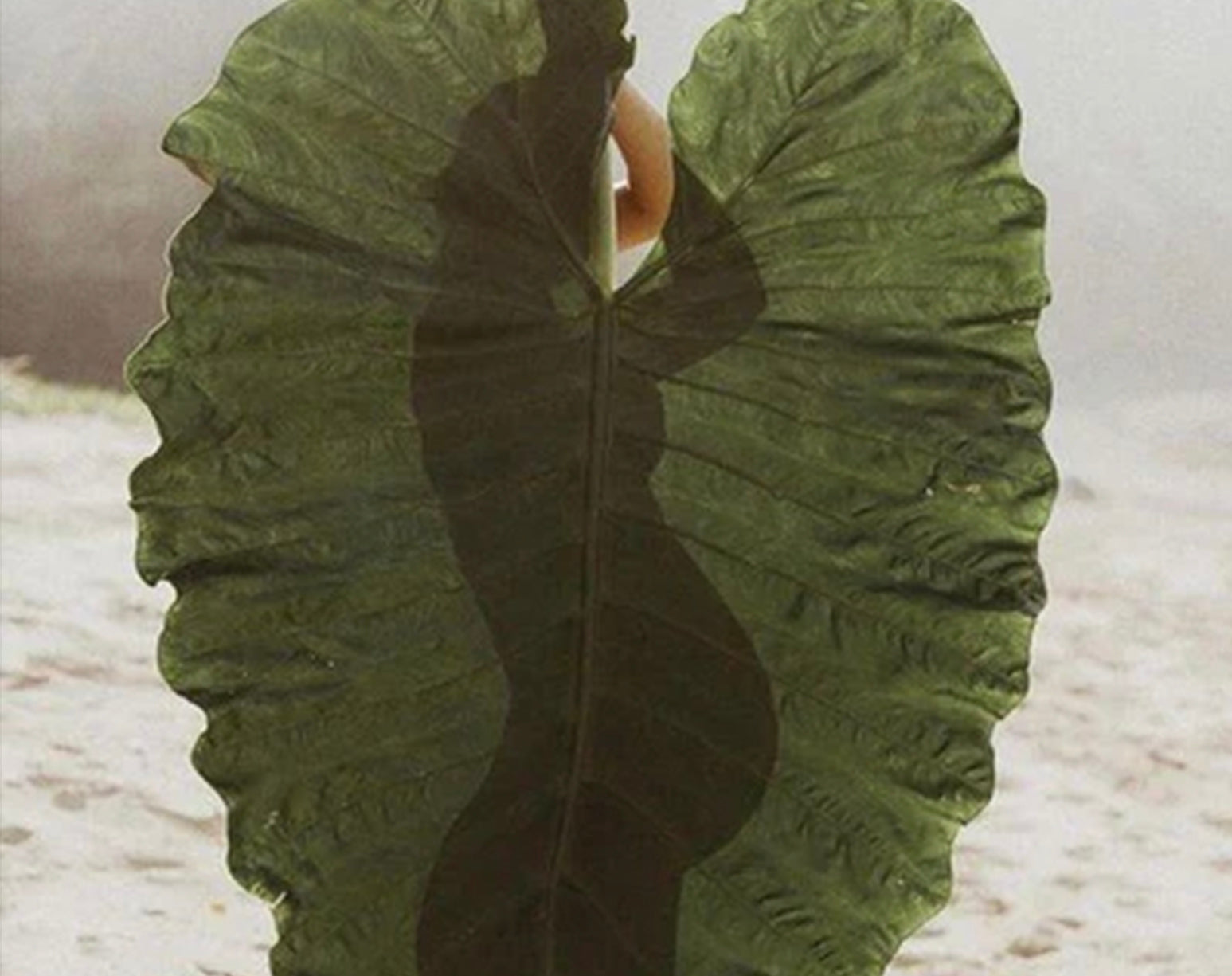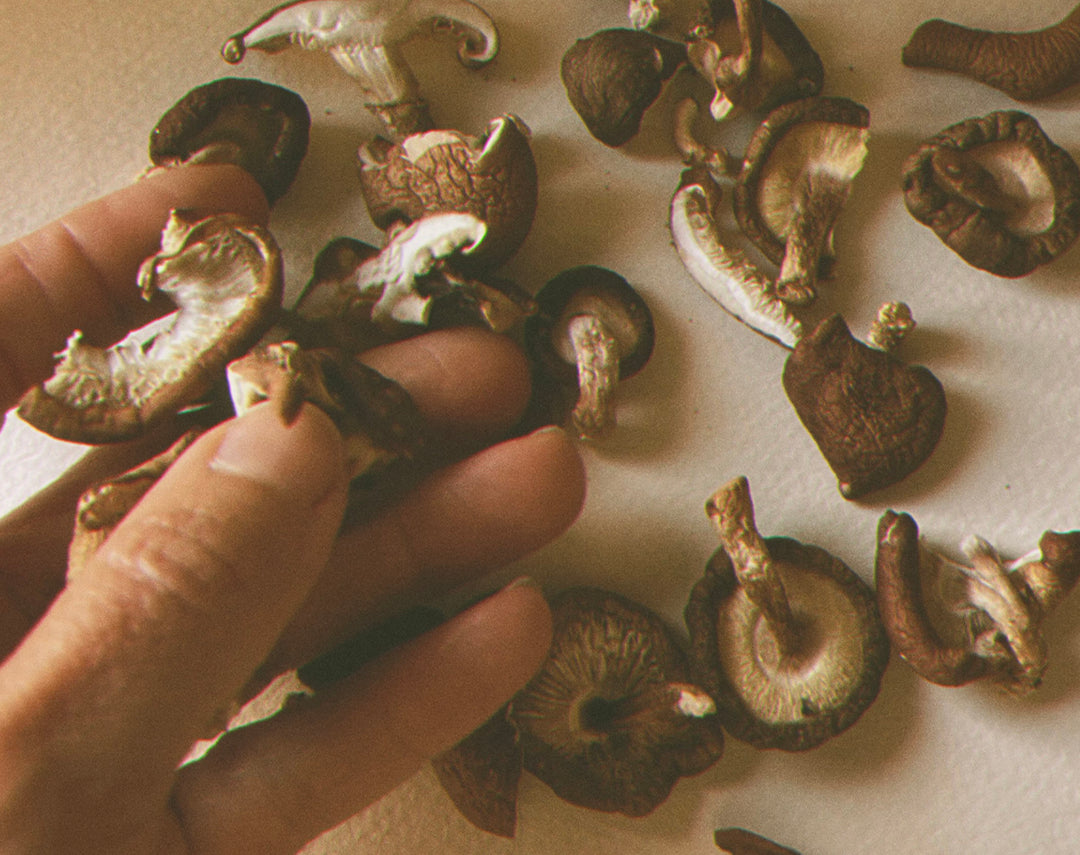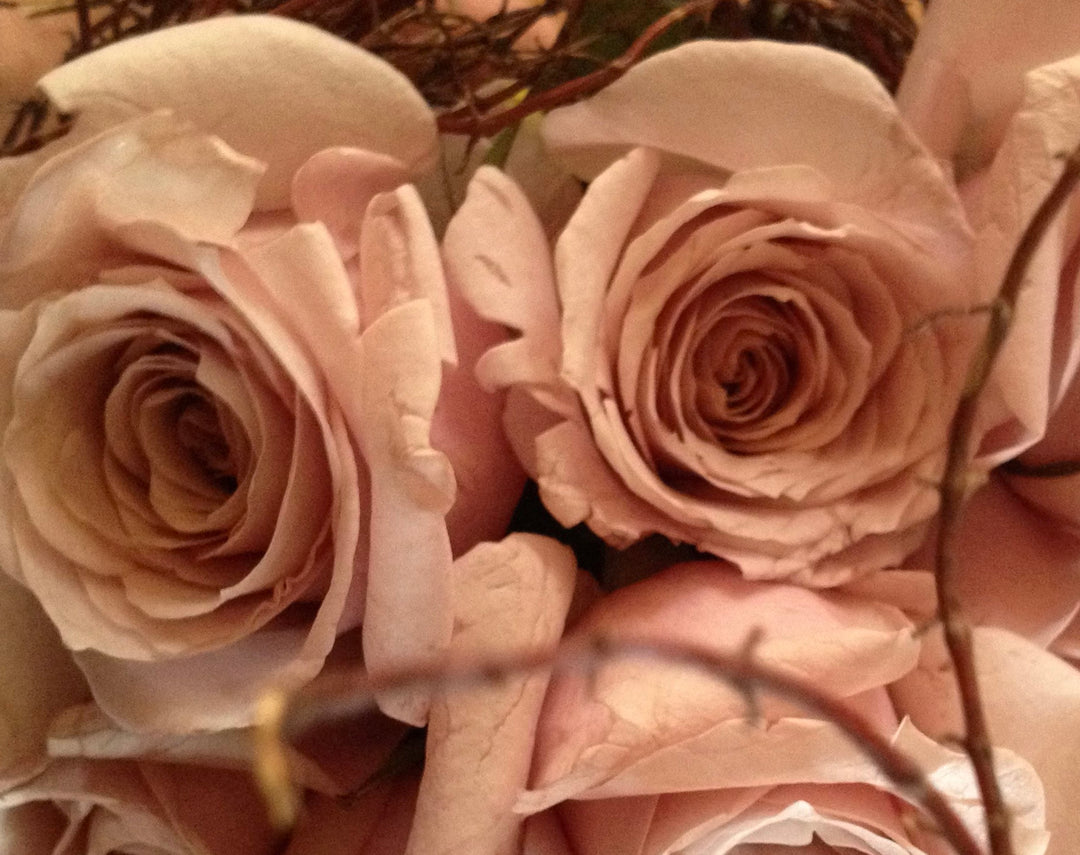PREGNANCY, HYDROSOLS + ESSENTIAL OILS

Thought I'd share a guide to which Hydrosols + Essential Oils are safe to use during pregnancy.
As you might already know, we're not big on Essential oils, and dosage them in minute homeapathic quantities in our compositions. Essential oils are incredibly stimulating, and can easily interfere with body and mind function if overdosed.
First of all, don't use any essential oil during the first trimester. Essential oils are known to cross over into the placenta, and since your baby is developing during the first trimester it’s safest to avoid using them altogether.
Secondly, never apply undiluted essential oils to the skin, especially during pregnancy. Aromatherapists generally recommend a dilution ratio of 1% with Carrier oils (our compostions are below 0.01%.
Hydrosols that are a byproduct of steam distilling Essential oils are safe to use during pregnancy as the volatile Essential oils have been removed. For With hydrosols that are steam distilled without removal of Essential oils I strongly recommend checking the Essential oil percentage with your supplier before using.
ESSENTIAL OILS NOT USE DURING ANY STAGE OF YOUR PREGNANCY:
- Aniseed (Pimpinella anisum)
- Anise, Star (Illicium verum)
- Araucaria (Neocallitropsis pancheri)
- Artemisia (Artemisia vestita)
- Atractylis (Atractylylodes lancea )
- Lemon Basil (Ocimum x citriodorum) Can be used at a low dilution, no more than once a day
- Birch (Betula lenta)
- Black Seed (Nigella sativa)
- Buchu (Agathosma betulina, Agathosma crenulata)
- Calamint (Calamintha nepeta)
- Camphor (Cinnamomum camphora)
- Carrot Seed (Daucus carota)
- Cassia (Cinnamomum cassia)
- Chaste Tree (Vitex ugnus castus)
- Cinnamon Bark (Cinnamomum verum)
- Clary Sage (Salvia sclarea) Can cause contraction so avoid during pregnancy. Many doulas and midwives use this in the birthing room because of this quality.
- Cypress, blue (Callitris intratopica)
- Dill Seed (Anethum graveolens)
- Dill Seed, Indian (Anethus sowa)
- Eucalyptus, ALL (Eucalyptus camaldulensis, Eucalyptus globulus, Eucalyptus maidenii, Eucalyptus plenissima, Eucalyptus kochii, Eucalyptus polybractea, Eucalyptus radiata, Eucalyptus autraliana, Eucalyptus phellandra, Eucalyptus smithi)
- Fennel, bitter and sweet (Foeniculum vulgare)
- Feverfew (Tanacetum parthenium)
- Frankincense (Boswellia papyrifer) Can be used at a low dilution, no more than once a day
- Genipi (Artemisia genepi)
- Hibawood (Thujopsis dolobratta)
- Ho Leaf (Cinnamomum camphora)
- Hyssop (Hyssopus officinalis)
- Lanyuna (Artemisia afra)
- Lavender, French/Spanish (Lavandula stoechas)
- Lemon Balm, Australian (Eucalyptus staigeriana) Can be used at a low dilution, no more than once a day
- Lemongrass (Cymbopogon flexuosus) Avoid use during pregnancy, OK to use while nursing
- May Chang (Litsea cubeba) Avoid use during pregnancy, OK to use while nursing
- Mugwort (Artemisia arborescens, Artemisia vulgaris)
- Myrrh (Commiphora myrrha)
- Myrtle (Backhousia anisata)
- Myrtle, Honey (Melaleuca teretifolia) Avoid use during pregnancy, OK to use while nursing
- Myrtle, Lemon (Backhousia citriodora) Avoid use during pregnancy, OK to use while nursing
- Nutmeg (Mysristica fragrans)
- Oregano (Origanum onites, Origanum smyrnaeum, Origanum vulgare, etc.)
- Parsley, Leaf/Seed (Petroslinum sativum)
- Pennyroyal (Mentha pulegium)
- Plectranthus (Plectranthus fruticosus)
- Rosemary (Rosmarinus officinalis)
- Rue (Ruta graveolens)
- Sage, Dalmatian (Salvia officinalis)
- Sage, Spanish (Salvia lavandulaefolia)
- Tansy (Tanacetum vulgare)
- Tea Tree, Lemon (Leptospermum petersonii) Avoid use during pregnancy, OK to use while nursing
- Thuja (Thuja occidentalis)
- Thyme, Lemon (Thymus x citriodoru) Can be used at a low dilution, no more than once a day
- Verbena, Lemon (Aloysia triphylla) Can be used at a low dilution, no more than once a day
- Western Red Cedar (Thuja plicata)
- Wintergreen (Gaultheria procumbens)
- Wormwood (Artemisia absinthium)
- Yarrow (Achillea millefolium, Achillea nobilis) Great for use during postpartum. Helps with bleeding.
- Zeodary (Curcuma sedoaria)
ESSENTIAL OILS THAT ARE OK TO USE DURING SECOND + THIRD TRIMESTER OF YOUR PREGNANCY:
- Bergamot (Citrus bergamia) Has a calming effect and soothes irritated skin. Can increase photosensitivity.
- Roman chamomile (Anthemis nobilis) Sedative and soothing properties.
- Geranium (Pelargonium graveolens) Great for anxiety, depression, and insomnia. Can also be used to reduce pain and inflammation.
- Ginger (Zingiber officinale) For nausea, inflammation, and respiratory problems.
- Grapefruit (Citrus paradisi) Reduces stress + inflammation and increases circulation. Aids in digestion.
- Lavender (Lavandula angustifolia) Calms, relaxes, and helps with sleep.
- Lemon (Citrus limon) Eases stress, depression, and fatigue. Stimulates the immune system, alleviates pain, and helps with varicose veins.
- Lemongrass Cymbopogon flexuosus) Helps with stress, anxiety, and alleviates pain. Aids in skin repair. Also great in helping tense muscles.
- Lime (Citrus x aurantifolia) Great immune booster and antiseptic.
- Mandarin (Citrus reticulata) ReduceS acne and brightens the skin. Good for oily skin. Helps reduce scarring.
- Neroli (Citrus aurantium) Lifts depression and low spirits. Strong sedative effect, helps with insomnia, stress, and anxiety.
- Patchouli (Pogostemon cablin) Reduces inflammation and infection. Minimizes scars. Used for depression and anxiety.
- Petitgrain (Citrus aurantium) Used for it's sedative properties. Helps with insomnia, stress, and anxiety.
- Rose Otto (Rosa x damascena Mill) Reduces stress and anxiet. Rejuvenates dull skin.
- Rosewood (Aniba rosaeodora) Analgesic and antiseptic properties. Relieves depression. Helps boost memory.
- Sandalwood (Santalum album) Promotes restful sleep and lifts the mood. Antiviral and antiseptic. Great for skin breakouts.
- Sweet orange (Citrus sinensis) Pain relieving and calming properties. Reduces inflammation. Helps with depression, insomnia, and anxiety.
- Tea tree (Melaleuca alternifolia) Antiseptic properties. Fights acne and aids in wound healing. Soothes skin inflammation. Controls dandruff.
- Ylang ylang (Cananga odorata) Helps fight diabetes. Reduces stress and anxiety. Reduces inflammation. Thickens the hair.





Leave a comment